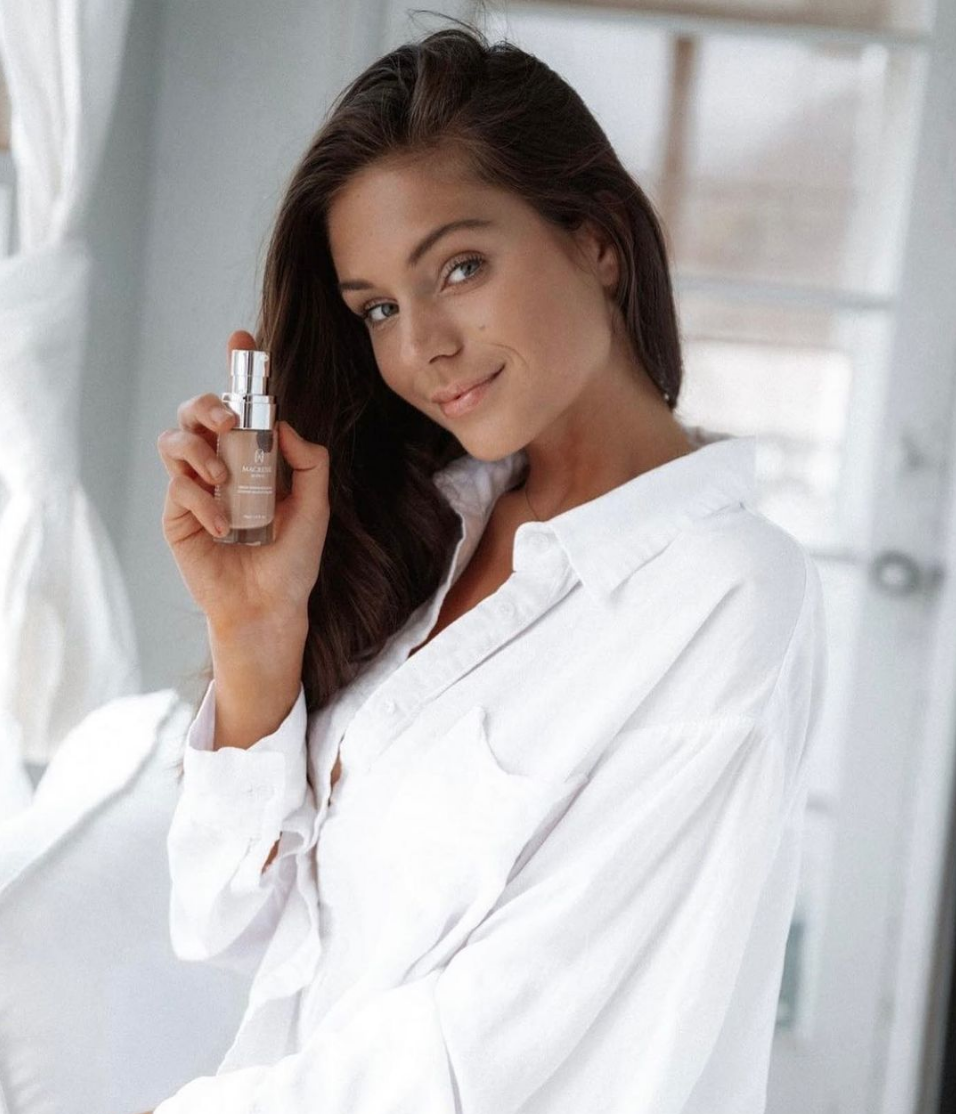An independent consumer product testing company called Valisure® has reported the presence of benzene, exceeding the maximal allowable concentration, in 21 different sunscreen products on the market (Source: Valisure). Among the 294 sunscreen batches from 69 different companies analyzed, 27% tested positive for benzene, some up to 3 times the limit. The maximal concentration is 2 parts per million (ppm) and at least one sample tested as high as 6.26 ppm; however, this does not take into consideration the amount of sunscreen used, which may likely correlate with thousands of times exposure above the daily limit.
Benzene is classified as “carcinogenic to humans” by the World Health Organization (WHO), based on sufficient evidence that it causes acute myelogenous leukemia (AML). The toxin has been linked to acute lymphocytic leukemia (ALL), chronic lymphocytic leukemia (CML), multiple myeloma and non-Hodgkin’s lymphoma (Source: Cancer.org).
The source of the benzene contamination is still not clear. Benzene is used as a solvent in manufacturing of topical products, in the synthesis of plastic containers, and in the manufacture of sunscreen ingredients such as avobenzone and oxybenzone; however, the discovery of benzene in sunscreens lacking such ingredients suggests that contamination may either due to manufacturing practices or possibly componentry.
Post-market analysis of all skincare products should be mandated. Here at MACRENE actives, we strive to conduct HPLC analysis on our products to identify all ingredients post-manufacture. This is an additional layer of quality control that we would like to see broadly enforced to ensure clean manufacturing practices (see how Dr. Macrene defines Clean Beauty).
Dr. Macrene’s Post-SPF Futuristic Approach to Sun Protection:
Replace Toxic Sunscreens with Natural Blockers and Plant Actives to Prevent and Repair UV Damage

Alyssa Lynch Using the High Performance Tinted Moisturizer in Medium
“I realized decades ago that the problem with sun exposure is not tanning, it is the UV-induced damage that causes skin cancer and skin aging. I reasoned that the goal is not necessarily to block the tanning process––having a high concentration of melanin is the best natural sunscreen––but rather to prevent and reverse the damage that UV does to the cells and DNA. To this end, I formulated my skincare and the High Performance Tinted Moisturizer to contain the generally considered safe and effective (GRASE) physical sunscreens like zinc oxide, titanium oxide and iron oxides AND: a highly effective mix of anti-oxidants, like the most stable forms of vitamin C, E, resveratrol, gingko and green tea extracts to neutralize the free radical attack from UV; DNA repair ingredients like extracts of plankton, alga, micrococcus and Arabidopsis, to correct the changes caused by UV; and mitochondrial repair ingredients like superoxide dismutase and epiggalocatechins to undo the harm sustained by the skin. Such a comprehensive and healthy mix of actives handles the damage due to sun exposure rather than trying to simply absorb the sun’s rays.
My trip to the Great Barrier Reef with its dead corals due to sunscreen toxicity was all the more incentive for me to further this cause of replacing toxic sunscreens with natural blockers and plant actives to prevent and repair UV damage. I believe the future is to catch up with what I have been focused on for decades with MACRENE actives: target the injury to skin caused by UV rather than slather toxic sunscreens on our bodied which can cause net harm to the health of humans, marine organisms and the earth. Let us work together towards this healthier future!” – Dr. Macrene